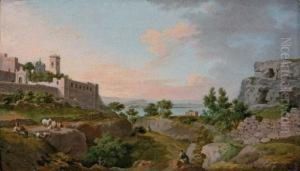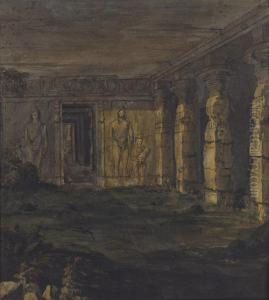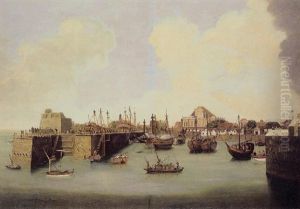James Wales Paintings
James Wales was a notable British artist, known primarily for his work as a painter during the 18th century. He was born in Peterhead, Scotland, in 1747. Little is known about his early life and training, but he emerged as an artist of some distinction in his time. Wales is particularly recognized for his contributions to portraiture and landscape painting.
Wales moved to India in the latter part of the 18th century, which was a period when many British artists traveled to the country, fascinated by its exotic landscapes and cultures. While in India, particularly in Bombay (now Mumbai), he became well-known for his paintings, which documented the life and people of India with a particular focus on the Maratha Empire. His works from this period are significant as they provide a visual record of Indian society and British colonial life in the 18th century.
One of his most notable works is a series of paintings of the caves of Ellora, which are a UNESCO World Heritage Site. These paintings were commissioned by Sir Charles Warre Malet, a British diplomat who was the resident at the court of the Peshwa of Pune. Wales's paintings of the Ellora Caves are some of the earliest visual records of these architectural marvels, and they offer valuable insights into early Indian art and architecture as perceived by Western artists.
James Wales's contribution to art is not limited to his paintings alone. He also had an impact as a teacher, influencing a generation of Indian artists and patrons. His interactions with Indian artists helped in the exchange of artistic techniques and styles between Indian and European art traditions.
Wales's health began to decline, and he passed away in 1795 in India. Despite his relatively short career, his works continue to be of historical importance, offering a window into the cultural and artistic milieu of 18th century India. They are studied for their artistic merit as well as their role in the history of cross-cultural exchange between the East and the West.
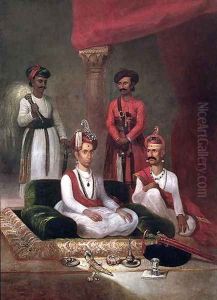
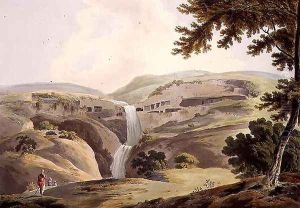
![[interior Of The Chaitya Cave At Karla]](https://www.niceartgallery.com/imgs/1093333/s/james-wales-interior-of-the-chaitya-cave-at-karla-6a6a9f66.jpg)
